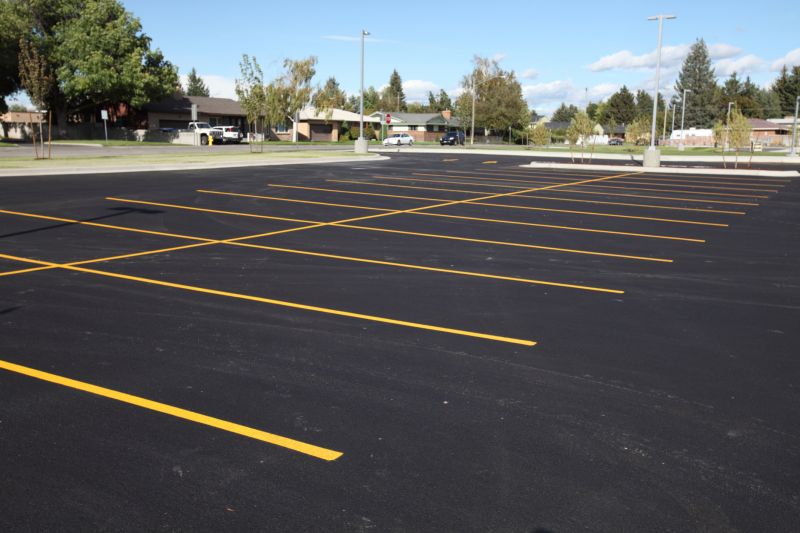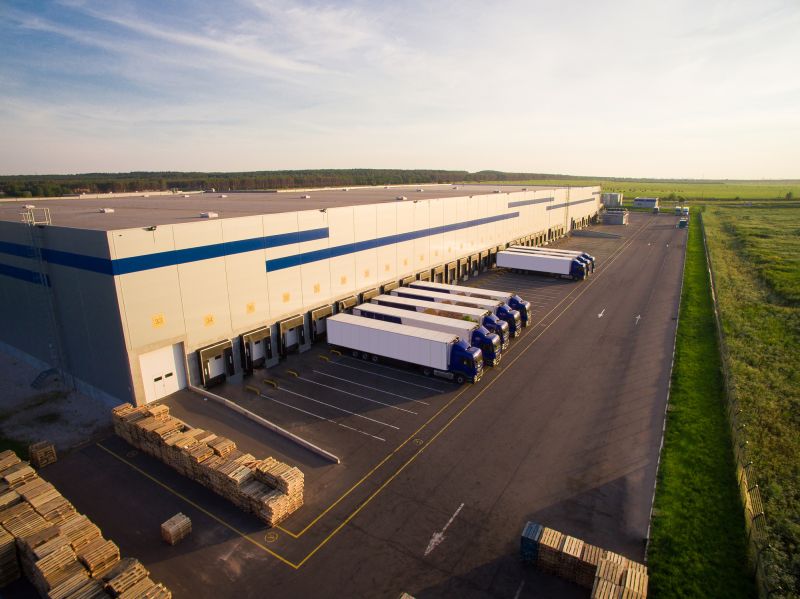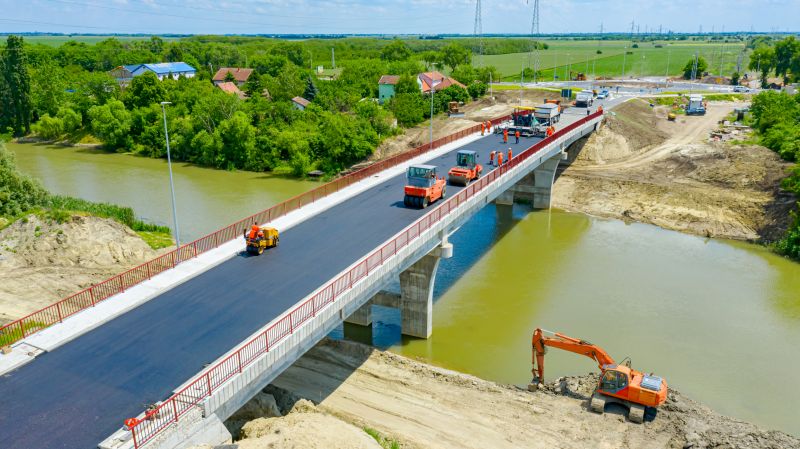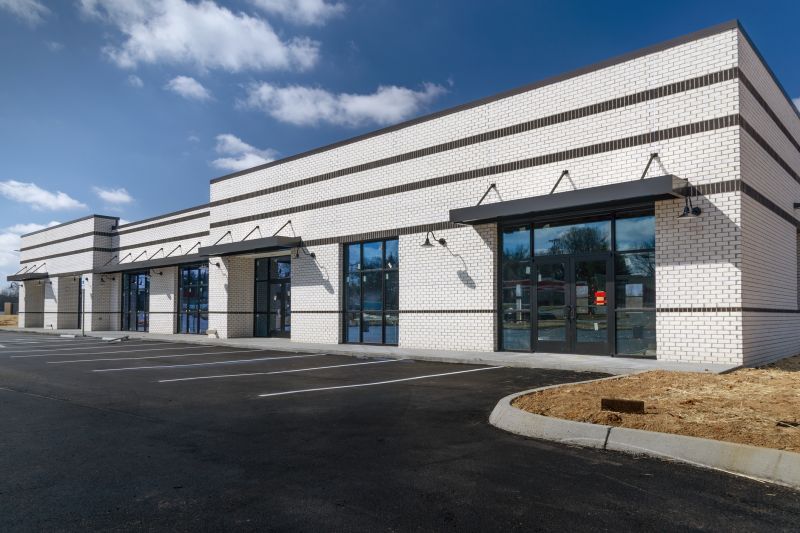Step 1: Prepare the Site
Before starting the commercial concrete paving project, it is important to prepare the site properly. This involves clearing the area of any debris, removing existing pavement if necessary, and ensuring the ground is level and compacted.
Step 2: Create a Base
Next, you'll need to create a solid base for the concrete. This typically involves excavating the area to the required depth, adding a layer of gravel or crushed stone, and compacting it to provide a stable foundation.
Step 3: Install Forms
Once the base is prepared, you'll need to install forms to define the shape and dimensions of the concrete pavement. These forms can be made from wood or metal and should be securely anchored to prevent shifting during the pouring and curing process.
Step 4: Pour and Level the Concrete
Now it's time to pour the concrete. Start by mixing the concrete according to the manufacturer's instructions and pour it into the prepared forms. Use a screed or a straight board to level the concrete, ensuring it is evenly distributed and free of any lumps or bumps.
Step 5: Finish the Surface
After leveling the concrete, you'll need to finish the surface. This can be done using a bull float to smooth out any imperfections and create a uniform appearance. You may also consider adding decorative elements or textures to enhance the aesthetics of the pavement.
Step 6: Cure and Seal
Once the concrete is finished, it is important to allow it to cure properly. This typically involves covering the pavement with a curing compound or plastic sheeting to retain moisture and promote strength development. After the curing period, apply a sealant to protect the concrete from stains, weathering, and other damage.
Step 7: Maintain and Repair
Finally, regular maintenance and occasional repairs are necessary to keep the commercial concrete pavement in good condition. This includes cleaning, sealing, and addressing any cracks or damage promptly to prevent further deterioration.





























